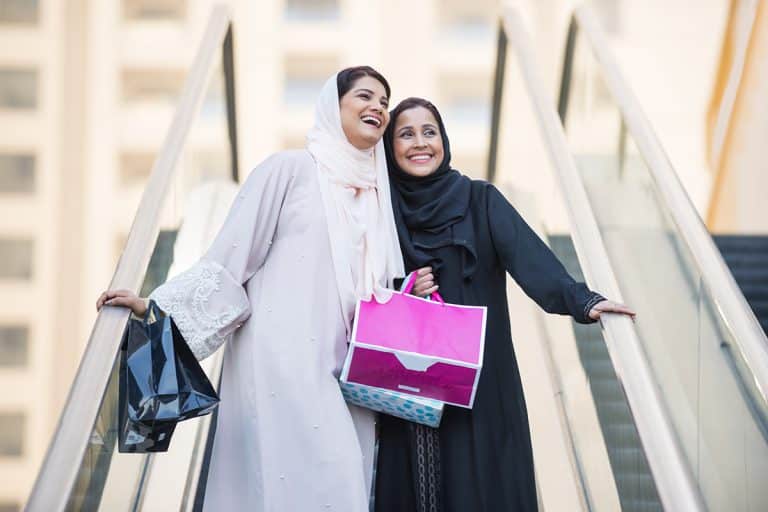The UAE consumer market demonstrated robust performance with a 4.1 per cent FMCG value growth and a 2.8 per cent rise in tech and durable (T&D) sector products in the third quarter of 2024, an industry report said.
The Saudi Arabian market, on the other hand, posted a marginal 1.8 per cent rise in the FMCG sector, while posting a 1.1 per cent decline in the T&D sector during the period, said the report by NielsenIQ, billed as the world’s leading consumer intelligence company.
Traditional trade significantly outperforms modern trade across both markets, with UAE traditional trade surging at 6.4 per cent and that in Saudi Arabia achieving 2.4 per cent growth, signalling a shift in consumer shopping preferences, the report said.
The report also revealed nuanced differences in consumer behaviour across both markets.
“Despite high promotion sensitivity in both regions, UAE shoppers demonstrate notably stronger brand loyalty compared to their KSA counterparts, actively seeking promotions for their preferred brands,” Neilsen said.
It said Saudi Arabia has seen a significant increase in FMCG promotions year-over-year, with Temporary Price Discounts (TPR) dominating promotional activities and maintaining steady efficiency rates.
The UAE, on the other hand, maintains stable promotion levels, with a 4 per cent increase in TPR compared to last year, accompanied by slightly improved promotion efficiency rates, the report said.
Implications for brands and retailers
The report said quality remains a paramount consideration for consumers across both markets, with 72 per cent expressing willingness to pay premium prices for superior products.
“The UAE FMCG market shows distinct polarization between affordable brands (experiencing 15 per cent growth) and premium brands (achieving 20 per cent growth), creating opportunities at both ends of the price spectrum.
“In contrast, KSA’s market is predominantly driven by mainstream brands, showing robust 14 per cent growth and serving as the market’s primary growth engine,” the report said.
“The GCC markets present a fascinating study in contrasts and similarities,” said Andrey Dvoychenkov, APP Cluster Leader at NeilsenIQ.
“While sharing common threads in channel evolution patterns and premium product preferences, each market demonstrates unique growth drivers and consumer behaviours,” he added.
Dvoychenkov said understanding these nuanced differences and similarities is crucial for brands and retailers seeking to optimise their regional strategies and capitalise on emerging opportunities across both markets.





